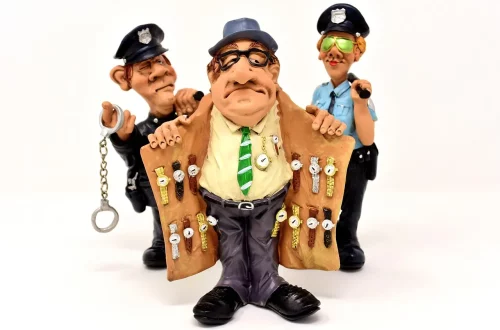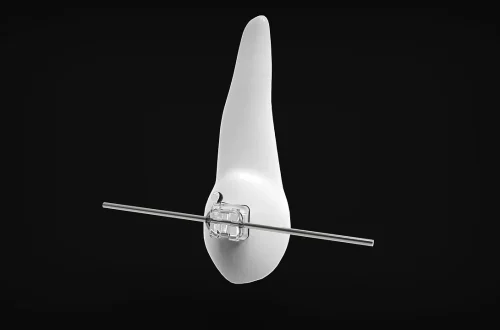
Top 10 Best Sippy Cups for Easy Transition from Bottle to Cup
Transitioning from a bottle to a cup is a significant milestone in a child’s development. This process not only marks a step towards independence but also invites a new world of exploration in the realm of self-feeding. Many parents face this challenge, often feeling overwhelmed by the variety of sippy cups available on the market. Choosing the right cup can make this transition smoother and encourage healthy drinking habits.
Sippy cups come in different shapes, sizes, and materials, each designed to cater to the unique needs of toddlers. They aim to minimize spills while promoting the proper sipping technique. As children grow, their preferences and abilities evolve, making it crucial to find a cup that aligns with their developmental stage. The right sippy cup can help prevent frustration for both parents and children, making mealtime and hydration enjoyable experiences.
In addition to functionality, safety is a primary concern for parents. Many cups are designed with BPA-free materials to ensure that your child’s health is prioritized. As you navigate this new phase, it’s essential to consider factors like ease of cleaning, durability, and how well the cup fits your child’s hands. With all these aspects in mind, let’s dive into the best options available that facilitate this essential transition.
Understanding the Features of Sippy Cups
When selecting a sippy cup, understanding the various features can significantly impact your child’s experience. Firstly, consider the design, which often includes spill-proof lids, handles for easy gripping, and different spout types. Each of these features serves a specific purpose and can influence how comfortable your child feels using the cup.
Spout types vary widely: some are soft and similar to a bottle nipple, while others are hard and mimic a regular cup. Soft spouts can be gentler on a toddler’s gums, making them a popular choice for early transitions. On the other hand, hard spouts encourage a more traditional drinking method, which can be beneficial as your child grows.
Additionally, the material of the cup is crucial. Most sippy cups are made from plastic, stainless steel, or silicone. While plastic is lightweight and often dishwasher safe, stainless steel offers durability and better insulation for hot or cold beverages. Silicone cups are flexible and can be squeezed, making them a fun option for little hands.
Another important feature is the ease of cleaning. Many parents prefer cups that can be taken apart easily or are dishwasher safe. This convenience can save time and ensure that the cups remain hygienic. Look for models that have few parts to minimize the risk of losing components during cleaning.
Finally, consider the size and capacity of the sippy cup. Smaller cups may be ideal for younger toddlers, while larger versions can cater to older children. The right size will not only make drinking easier but also encourage your child to drink more fluids throughout the day.
Top Picks for Sippy Cups
Choosing the best sippy cup can often feel like a daunting task. However, several options consistently receive rave reviews from parents due to their design, functionality, and durability. Here are some top picks that stand out in the crowded market.
One popular choice is the Munchkin Miracle 360 Trainer Cup. This innovative cup features a spill-proof design that allows toddlers to drink from anywhere along the rim, mimicking the experience of using a regular cup. Its ergonomic design and easy-to-grip handles make it perfect for little hands. Parents appreciate that it’s dishwasher safe and free from harmful chemicals like BPA.
Another excellent option is the NUK Learner Cup, which comes with both a soft spout and a hard spout, allowing for gradual transitioning. The cup’s angled design helps promote proper sipping posture, and it also features easy-grip handles that can be removed as your child grows. This versatility makes it a favorite among parents.
For those seeking a stainless steel option, the Zoli BOT Sippy Cup is a fantastic choice. Its double-wall vacuum insulation keeps drinks cold for hours, making it perfect for outings. The silicone straw is gentle on little mouths and encourages a natural sipping motion. Parents love that it is easy to clean and has a sleek design that fits well in a diaper bag.
Lastly, the Tommee Tippee First Sips Soft Transition Cup offers an ideal blend of functionality and comfort. Its soft spout is gentle on gums, while the handles make it easy to hold. The cup is designed to be leak-proof, giving parents peace of mind during mealtime.
Each of these cups has unique features that cater to different needs, making them suitable for various stages of a child’s development.
Tips for a Smooth Transition
Transitioning from a bottle to a sippy cup can be a challenge for both parents and toddlers, but with the right approach, it can be a smooth process. Here are some tips to make the transition easier and more enjoyable for your little one.
Start by introducing the sippy cup during mealtimes. This helps your child associate the cup with drinking, making it more appealing. Offer the sippy cup filled with their favorite beverage, whether it’s water, milk, or juice. Familiar flavors can encourage them to try out the new cup.
Patience is key during this transition. It’s not uncommon for toddlers to resist the change initially. Encourage your child but avoid pressuring them. Allow them to explore the cup at their own pace, making it a fun experience rather than a chore. You can even join in by using a cup yourself, demonstrating how to drink from it.
Another helpful tip is to limit bottle use gradually. Instead of abruptly taking away the bottle, try replacing one bottle feeding a day with the sippy cup. Over time, you can increase the number of times they use the cup, helping them adjust without feeling deprived.
Familiarize your child with the cup by allowing them to play with it. Let them practice drinking from it during non-mealtime moments. This can reduce any apprehension they may have toward the new cup and help them gain confidence in using it.
Finally, celebrate small victories. Praise your child when they successfully use the sippy cup, reinforcing positive behavior. This encouragement can motivate them to continue using the cup and make the transition feel rewarding.
Safety Considerations for Sippy Cups
When it comes to choosing a sippy cup, safety should always be a top priority. Ensuring that the cup is made from safe materials is crucial for your child’s health. Most reputable brands offer BPA-free options, which is essential to avoid harmful chemicals that can leach into beverages.
Additionally, check for small parts that could pose a choking hazard. Many sippy cups have detachable components, and it’s vital to ensure that these parts are securely attached and not easily lost. Always supervise your child while they are using a sippy cup, especially if it contains small pieces.
Regular cleaning is another significant aspect of safety. Ensure that the cups are thoroughly cleaned after each use to prevent bacterial growth. Most sippy cups are dishwasher safe, but it’s essential to check the manufacturer’s instructions for proper care. If hand washing, use warm soapy water and ensure all parts are rinsed thoroughly.
Lastly, keep an eye on wear and tear. Over time, sippy cups can develop cracks, scratches, or discoloration, which could harbor bacteria. If you notice any signs of damage, it’s best to replace the cup to maintain a safe drinking environment for your child.
In conclusion, the transition from a bottle to a sippy cup is an essential step in your child’s development. With the right information and choices, parents can make this transition smoother and more enjoyable for their little ones. However, if you have any concerns regarding your child’s health or safety, always consult with a pediatrician or healthcare professional.




